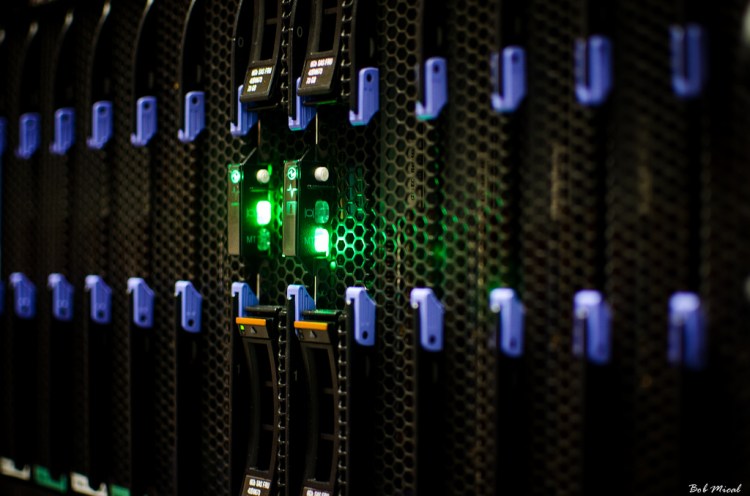Most discussions of alternative energy tend to focus on natural sources, such as wind and solar.
Perhaps it’s fitting that we tend to look to nature as an antidote for the decidedly man-made problem of pollution.
But not everything created by humans has to be a part of the energy problem. It’s possible that a crucial aspect of modern life could also be a source of plentiful energy.
A Dutch startup called Nerdalize is marketing a radiator that uses heat generated from a computer server to warm up homes.
The company is heating houses with “nerd power,” as BBC News puts it.
It also makes use of what is otherwise wasted energy.
 The Internet may be sleek and wireless from a consumer’s perspective, but websites are supported by massive data centers full of servers that generate lots of heat.
The Internet may be sleek and wireless from a consumer’s perspective, but websites are supported by massive data centers full of servers that generate lots of heat.
These data centers accounted for about 1.5 percent of global electricity consumption in 2010, according to the BBC.
About one third of that electricity is used for air conditioning.
Nerdalize hopes to distribute all of those servers to individual homes, using them as a heating source while still keeping Internet traffic humming.
The Nerdalize eRadiator is about the same size as a standard double radiator, albeit a bit thicker.
It costs 400 to 500 euros (about $440 to $550) including installation, and requires a fiber-optic connection.
Nerdalize may be the first major attempt to commercialize “nerd power,” but the idea of using computers as heat sources has been investigated before.
In fact, one of the things that inspired Nerdalize’s founders was a 2011 paper published by Microsoft Research and the University of Virginia that described heating buildings with “data furnaces.”
But Kamin Whitehouse — one of the paper’s authors — now says the concept has some notable limitations.
A network of distributed servers is not the same as a concentration of servers in a data center. Even with the Netherlands’ comprehensive fiber-optic network, servers will still perform faster together in one room than apart.
Companies may also want to keep servers together for security reasons.
Nerdalize’s servers are housed in tamper-proof cases and use encrypted data, but routing sensitive information through private homes may still seem like too much of a risk.
And companies may not even be that interested in reusing waste heat energy, Whitehouse claimed. They are, after all, in business to make money — not save the planet.
Data centers definitely aren’t going away, but companies may still try to harness the energy they produce.
Swedish data services company Bahnhof pipes heat from its three data centers in Stockholm to buildings.
Amazon also plans to harvest heat from the Westin Building — a telecommunications hub in Seattle — for its new campus.


